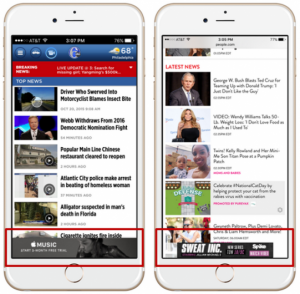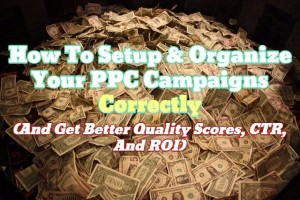
As with most things, first impressions are everything in email marketing. The very first part of your campaign that will reach customers is your subject line – if this isn’t a winner, there’s a good chance your email won’t even get opened. This is why it’s crucial to spend some time and effort improving your subject lines, making them snappier and more enticing to recipients.
Why are subject lines so important?
According to research carried out by unbounce.com, around 33% of recipients make a decision to open emails or not based on the subject line alone. This is a hugely important statistic – after all, you could be turning away nearly a third of your total audience if your subject line isn’t up to scratch.
Writing compelling subject lines – what not to do
Before you can perfect your subject lines and boost open rates, you need to know what not to do. For example, you should avoid:
Spam trigger words. Even if they don’t actually end up in the recipient’s spam folder, subject lines containing suspect words such as ‘free’, ‘buy now’ and ‘percent off’ can negatively affect open rates
Over-enthusiastic punctuation and caps. To avoid sounding aggressive, sales-focused or spammy, keep use of caps (except in normal usage) and unnecessary punctuation to a minimum.
Repetition. Keep content as original as possible for the best results – recipients want fresh content and will ignore something they’ve seen before.
Best practice tips and advice
Moving on to the right things to do to improve your subject lines, MailChimp has the following advice:
Personalise. Previous research has suggested that personalisation (i.e. using a person’s name in the subject line) improves open rates, but MailChimp found that localisation provides the best results.
Keep it snappy. With the exception of highly targeted campaigns, where recipients appreciate a little extra information, subject lines should be kept to 50 characters or less as a general rule.
Make it clear who’s sending the email. The ‘from’ line should make it clear who the email is from – real email addresses from inside your company work best – and make sense in conjunction with the subject line.
Be timely. People will often open emails which offer information they’ve been waiting for, or which link to a relevant topical event.
Keep it fresh. Avoiding repetition and being creative with subject lines is especially important with newsletters, which can become stale, repetitive and boring over time.
Offer incentives. If the recipient thinks they may gain something from opening the email, even something as simple as first access to news or information, they are more likely to take a look, just in case.
Put yourself in the recipient’s shoes. This is a very valuable piece of advice, because it helps you to stop thinking like an email marketer and imagine what a real customer would be most likely to open or ignore. Think about what would interest you or turn you off, but also bear in mind the needs and interests of your target demographic.
(238)









